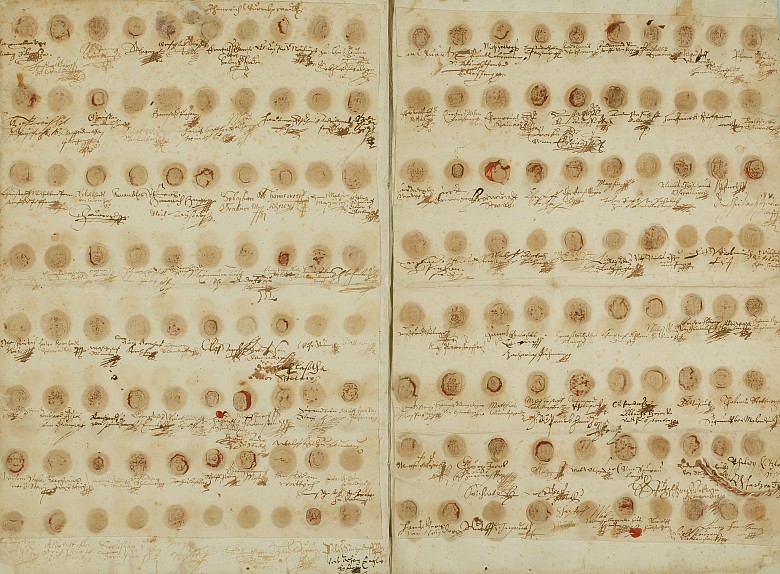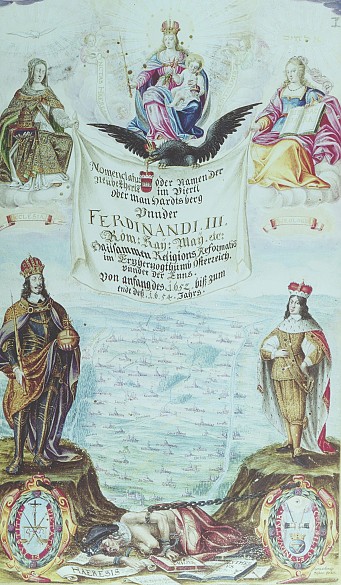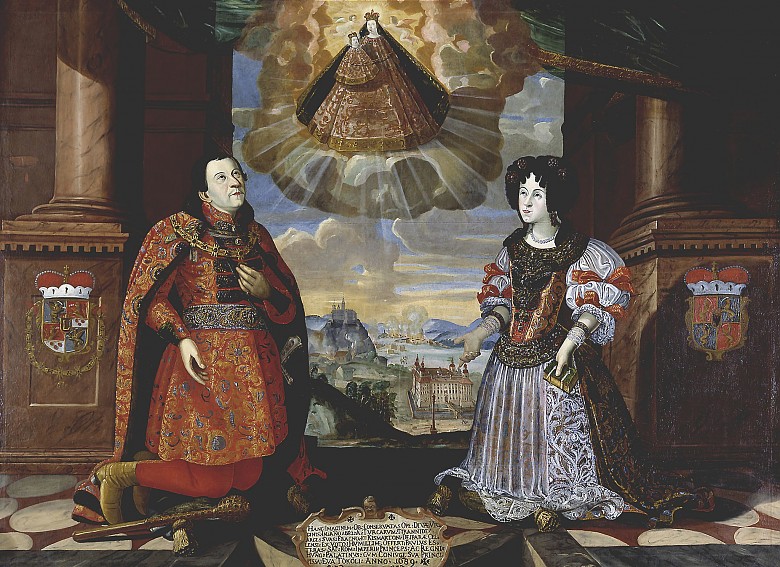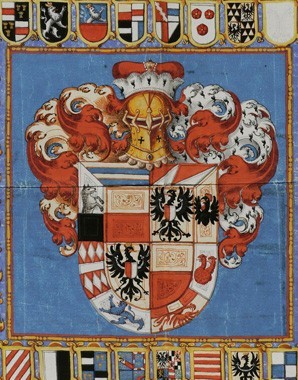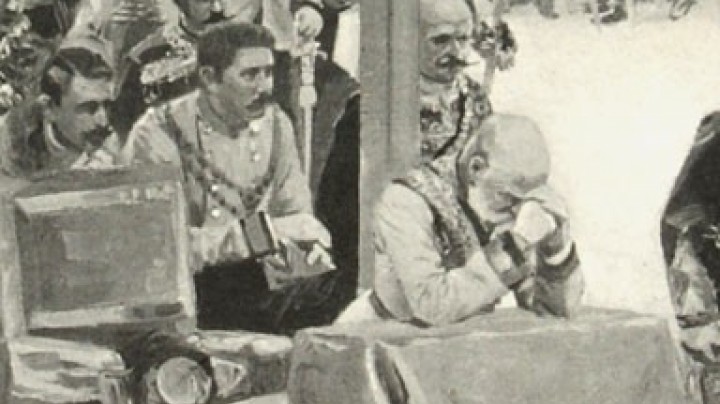Faith and power – the nobility and the Catholic Church
From the sixteenth century onwards a battle had been raging between the devoutly Catholic imperial dynasty and the nobility, who were heterogeneous in terms of religious confession and ethnic background, a battle that was not just about the true faith but above all about the division of power. The Habsburgs having eventually prevailed, the Catholic faith became the lowest common denominator for the nobility, a fundamental precondition for careers at Court, and a universal ideology.
The Catholic Counter-Reformation had a strong ally in the House of Habsburg. As the centre of decision-making, the imperial Court was focus of the programme of re-catholicization. The Jesuits, for example, deliberately targeted the elites, wooing the nobility onto their side.
It was not least through the nobility that the broad mass of the population could be reached. In times where only remnants of the Catholic infrastructure remained, the Church was dependent on the support of the nobility, as their status as feudal overlords gave them a say in the appointment of priests and financing of parishes. If the noble lord of the manor converted, his subjects were obliged to follow his example, for better or for worse.
The imperial Court itself promoted Catholics, sending out unmistakable signals that conversion to Catholicism was required. On a cultural level, the attraction of belonging to the strengthening Catholic camp at Court was its cosmopolitan orientation. Additional enticements were provided by the tokens of imperial favour that could be expected as a reward for timely and exemplary conversion to Catholicism.
Things became ever more difficult for Protestants, as they saw themselves excluded from any chance of a career. Belonging to a particular confession was increasingly judged less as the expression of a religious attitude than as a political standpoint. To put it crudely, one could say that as a rule, Catholics were regarded as the party followers of central imperial power, while the Protestants were seen as supporters of the particularism of the Estates and as the countervailing force to the imperial Court.
Driven into a corner, the non-Catholic aristocrats attempted to organize themselves and entered into alliances. A series of revolts ensued, the most important of which was the uprising of the Bohemian Estates in 1618. After the latter’s suppression in 1620 the radical faction of the Catholic camp prevailed under the leadership of the rigidly pious Emperor Ferdinand II. The non-Catholic nobility was faced with the alternative of conversion or exile. The Counter-Reformation was no longer willing to tolerate opposition from other faiths. Catholicism became the most important ideological and cultural fundament of aristocratic society in the Habsburg Monarchy.
